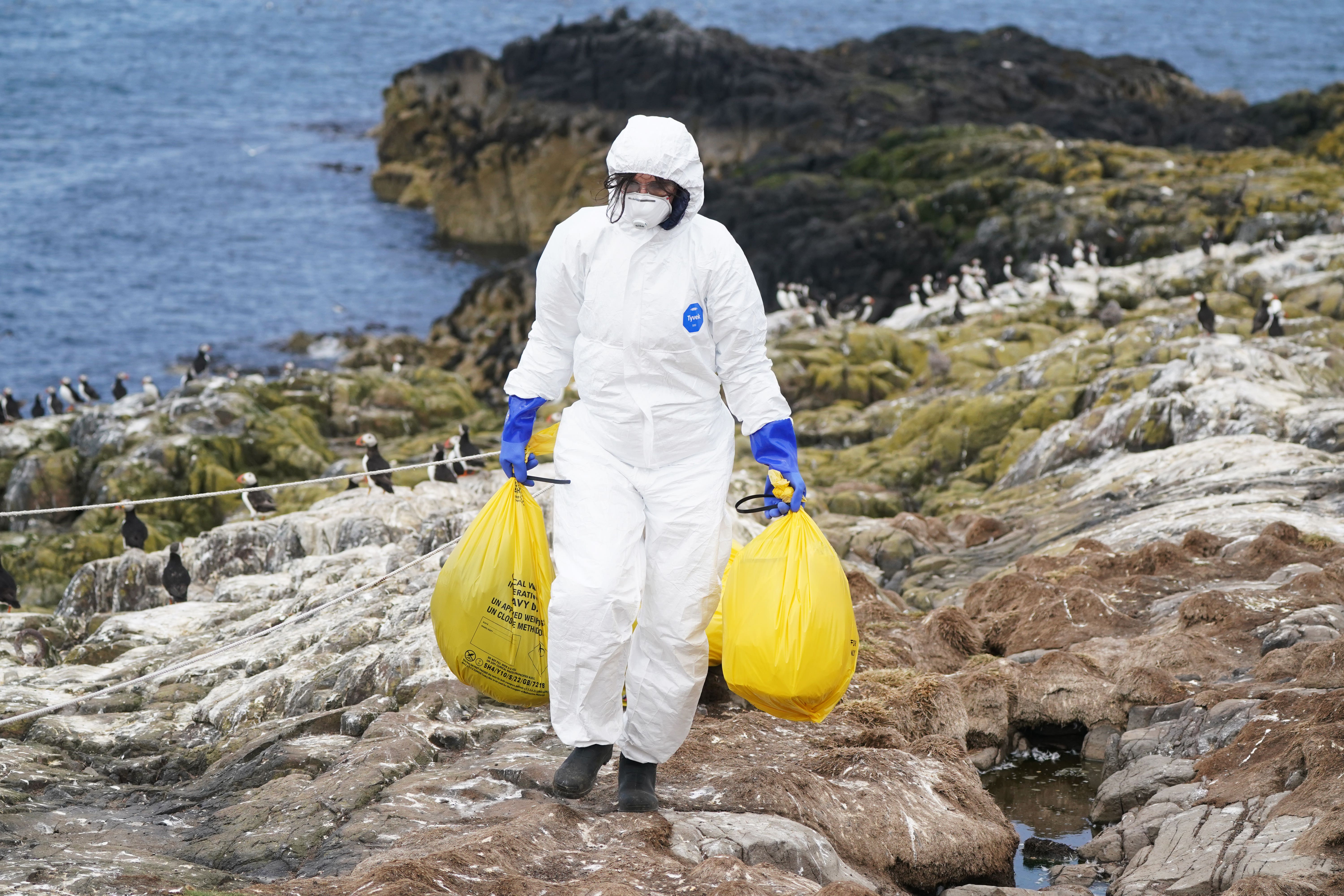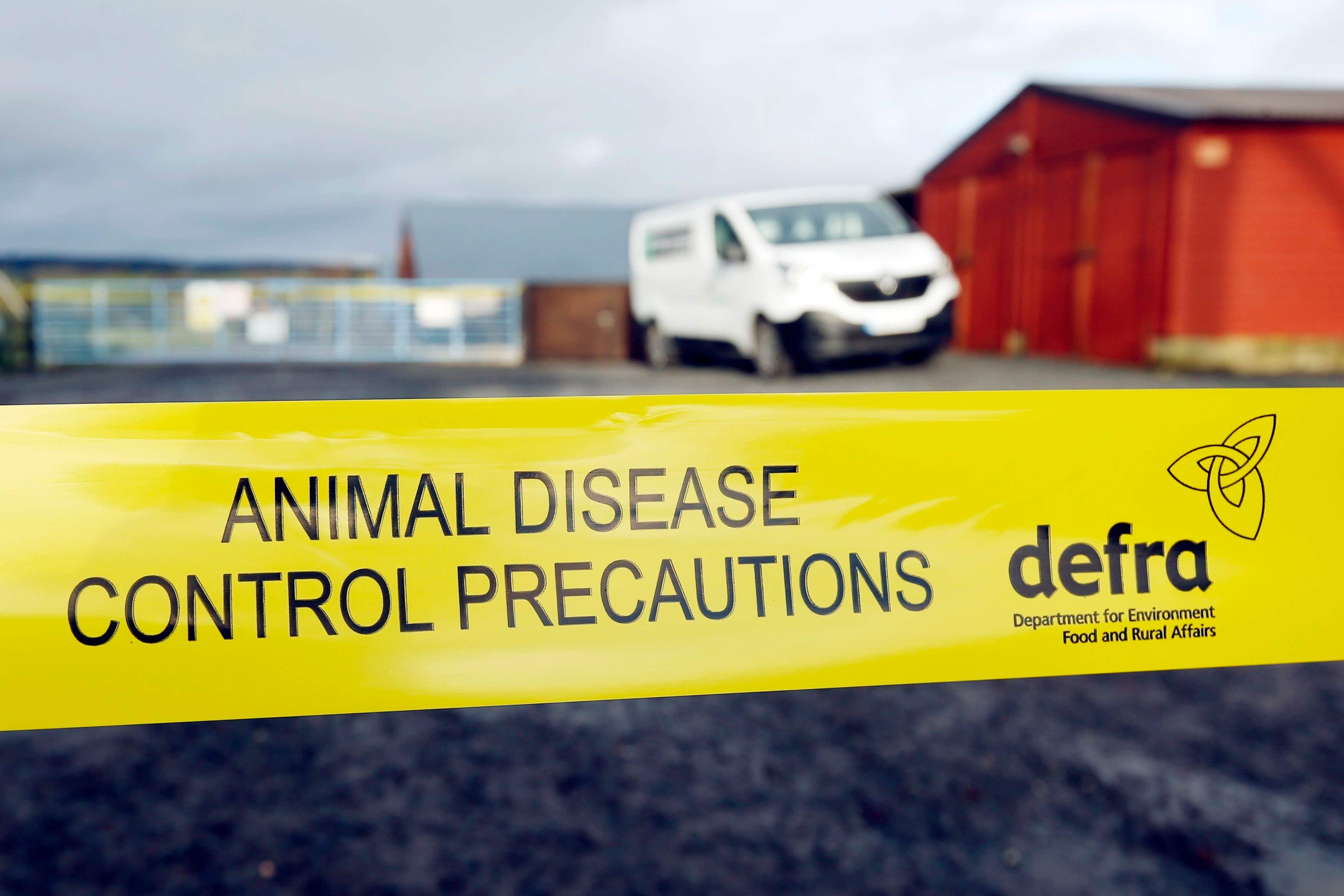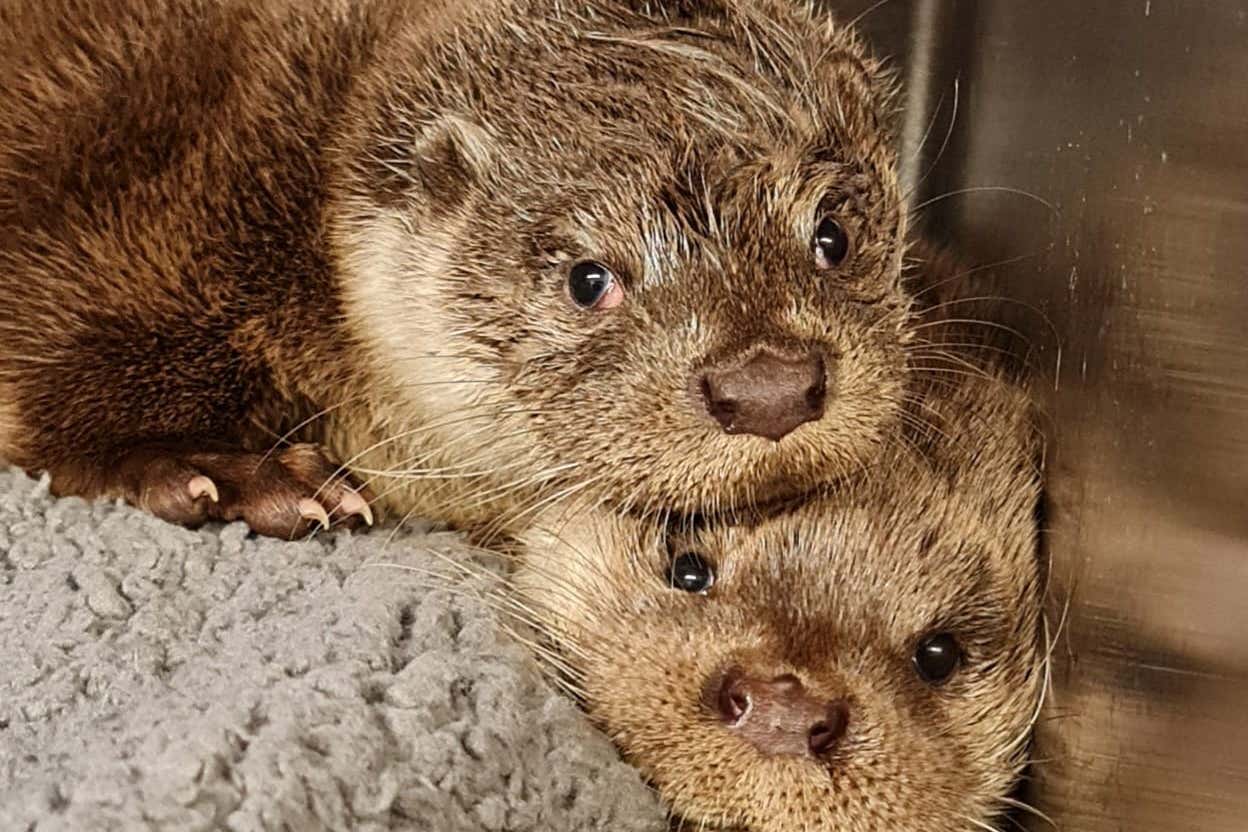Bird flu jumps to mammals amid UK’s biggest outbreak of avian virus
Animals are believed to have eaten dead wild birds that were infected with the virus

Bird flu has spread to mammals as the UK faces the biggest-ever outbreak of the virus.
Hundreds of cases have been reported in birds since the latest outbreak began in October 2021, with millions culled by farmers in a bid to prevent the disease from spreading.
Now foxes and otters have been infected and are believed to have eaten dead birds that were infected with avian flu.
Cases have been reported in Cheshire, Fife, the Shetland isles, the Isle of Skye and Cornwall. There has only been one case so far in 2023.
The Animal and Plant Health Agency (APHA) tested 66 mammals, with nine otters and foxes testing positive.
Bird flu has led to the death of around 208 million birds around the world, the BBC reports.
But the UK is still “a long way” from being in a situation where bird flu could infect humans and spread in a similar way to Covid-19, an expert from Apha has said. Health officials have said the risk to the public is low.
Professor Ian Brown, scientific services director, told BBC Radio 4’s Today programme: “We’ve recently detected events both here and around the world, evidence that this virus can on certain occasions jump into other species.
“To be clear though, this is still a bird virus essentially, that wants to be in birds.
“These are wild mammals, animals that scavenge on sick and dead birds, and there’s a lot of dead wild birds at the moment due to the birdflu presence around the globe, and those animals are consuming and being exposed to very high quantities of virus and that’s leading to some spillover infection.
“What we don’t have any evidence of is that it can then go from fox to fox or otter to otter, so these are what we call dead-end infections.”

Asked about a potential spread to humans, he said: “We need to understand the consequence of this infection. Does it make the virus change by jumping its host? We’re aware those events can sometimes lead to that.”
Asked whether there was a possibility that bird flu could become a virus that infects humans like Covid, he said: “At the moment, we’re a long way from that.
“We’ve seen this jump, we’ve not seen maintenance in a mammalian species and, importantly, we haven’t seen a succession of changes in the virus that tell us it’s moving more towards a virus that can infect humans.
“This still is a spillover, but we need to be watchful, which is why we’re doing the surveillance.”
Earlier Prof Brown suggested there was no reason why the avian flu virus could not pass between otter and otter, for example.

He said: “We have to be watchful, which is why we’re enhancing our surveillance in the UK to make sure that we can track and monitor for these changes.
“So Defra and the devolved administrations are supporting a programme for actively looking for mammals that we believe might scavenge and feed on wild birds.
“We analyse those viruses if we detect them, and we share that data very rapidly with our public health counterparts, so we can make clear and rapid assessments.”
He added: “If you analyse the genetic code of the virus, you can work out whether it’s come from a bird or whether it’s going from one mammal to another. So it’s about that dissection and looking in the genes of the virus.”
Prof Brown said it was “difficult to control the disease in wild birds” but “what we can do is effectively control the disease in poultry”.
He added that, in the UK, the virus had not spread from one poultry farm to another.
“So if you can cut that source of infection off, and we can do that around the world, you reduce the risk of it spilling over into wild birds and evolving further.”





